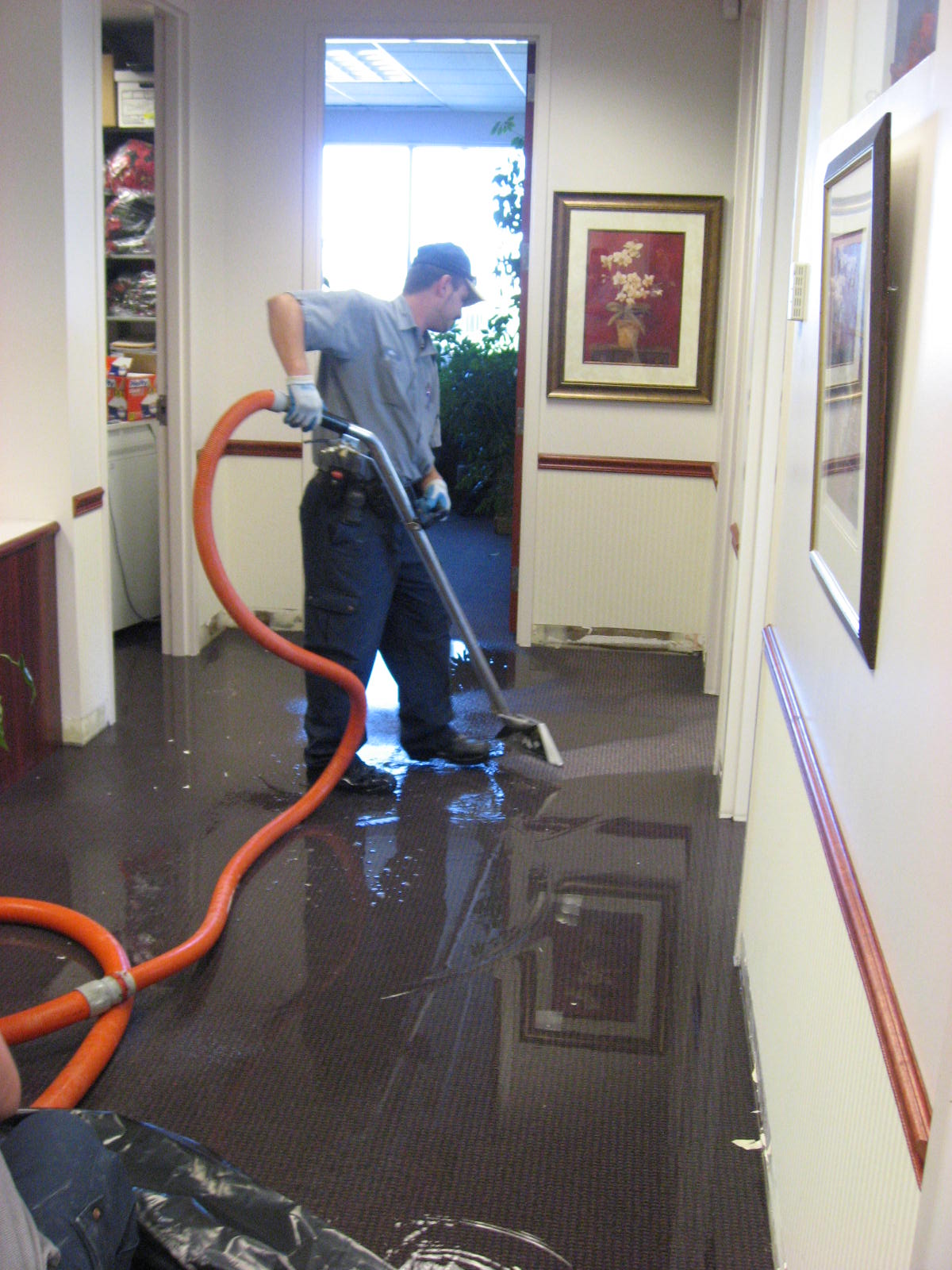Water removal is an essential process that homeowners often overlook until they face water damage issues. Whether it’s due to natural disasters, plumbing failures, or even minor leaks, the accumulation of water can lead to severe repercussions if not addressed promptly. By understanding the importance of water removal and the various methods available, homeowners can effectively protect their properties and maintain a safe living environment.
When water intrudes into your home, it not only damages the structure but also creates an environment ripe for mold and mildew growth. Immediate action is crucial, as even a small amount of standing water can quickly escalate into a more significant problem. The sooner you address water removal, the better your chances of preserving your property and avoiding costly repairs.
In this article, we will explore various aspects of water removal, including common causes of water accumulation, effective techniques, and preventative measures you can take to safeguard your home. Whether you're dealing with a small leak or a major flood, understanding these processes will equip you with the knowledge needed to tackle water removal effectively.
What Are the Common Causes of Water Accumulation?
Water accumulation can stem from a variety of sources, and recognizing these can help homeowners take preventive measures. Some common causes include:
- Heavy rainfall and flooding
- Broken or leaky pipes
- Faulty appliances like washing machines and dishwashers
- Condensation and humidity issues
- Clogged gutters and downspouts
How Can You Identify Water Damage in Your Home?
Identifying water damage early is crucial for effective water removal. Signs to look for include:
- Discoloration on walls or ceilings
- Peeling or bubbling paint
- Musty odors indicating mold growth
- Warped flooring or buckling tiles
- Visible mold or mildew
What Are the Immediate Steps to Take for Water Removal?
When faced with water intrusion, acting quickly can minimize damage. Here are immediate steps to take:
- Ensure safety: Turn off electricity and avoid contact with standing water.
- Remove furniture and valuables from the affected area.
- Use towels or mops to soak up excess water.
- Open windows and doors for ventilation.
- Consider using fans or dehumidifiers to expedite drying.
What Tools and Equipment Are Needed for Water Removal?
Depending on the extent of the water accumulation, various tools and equipment may be required for effective water removal. Some essential items include:
- Wet/dry vacuum for large amounts of water
- Fans to facilitate air circulation
- Dehumidifiers to reduce humidity levels
- Mops and towels for manual cleanup
- Protective gear such as gloves and masks
Should You Hire Professionals for Water Removal?
While some water removal tasks can be managed by homeowners, hiring professionals may be necessary in certain situations. Consider professional help if:
- The water damage is extensive or involves contaminated water.
- There’s a risk of structural damage to your home.
- You’re unable to dry out the space within 24-48 hours.
- Mold growth is already present.
What Preventative Measures Can Be Taken Against Water Accumulation?
Preventing water damage is always better than dealing with its aftermath. Here are some effective preventative measures:
- Regularly inspect and maintain plumbing systems.
- Clear gutters and downspouts to ensure proper drainage.
- Install sump pumps in flood-prone areas.
- Seal cracks in the foundation and walls.
- Monitor humidity levels with a hygrometer.
What Are the Long-term Effects of Poor Water Removal?
Failing to adequately address water removal can lead to long-term effects, such as:
- Structural damage to your home
- Health risks due to mold and mildew
- Decreased property value
- Increased repair costs over time
- Insurance complications if water damage is not reported
In conclusion, understanding the significance of water removal and implementing effective strategies can safeguard your home from the detrimental effects of water damage. Whether you choose to manage water removal independently or seek professional assistance, being proactive will always yield the best results in maintaining the integrity of your home.
Article Recommendations
- All About Hallie Batchelder High School A Community Of Excellence
- Historic Photos Of Larry Curly And Moe A Nostalgic Journey Through Comedys Golden Era
- Mitch Mcconnell Eyes Closed Shocking Photo Surfaces


